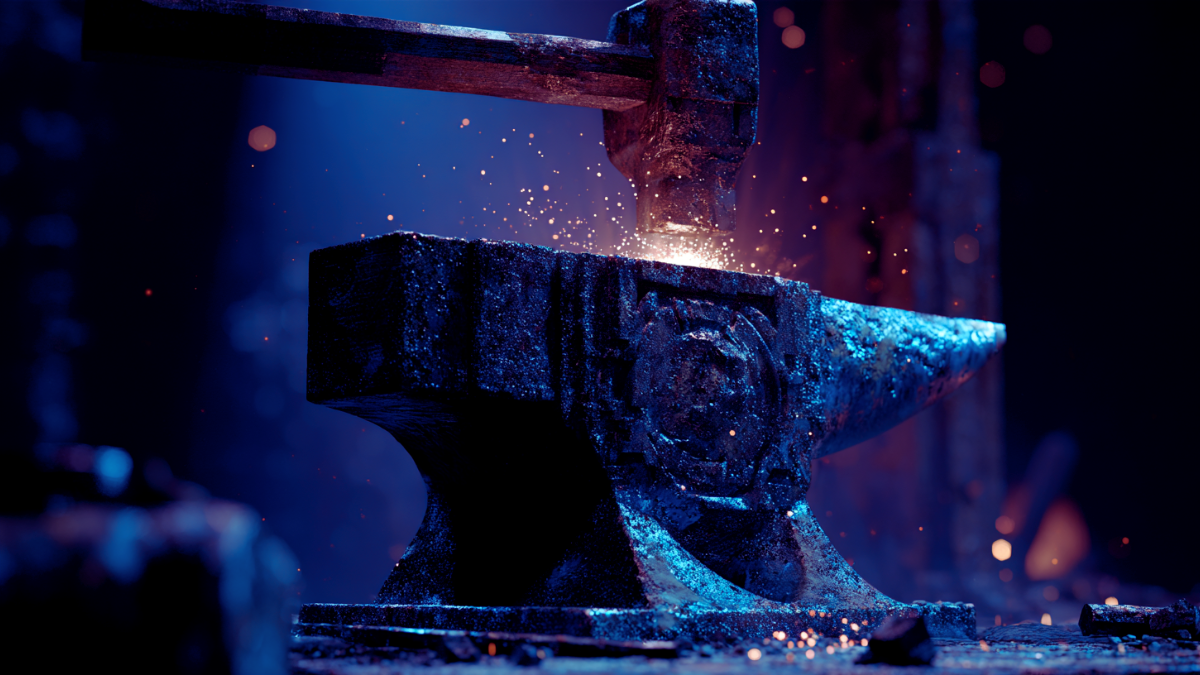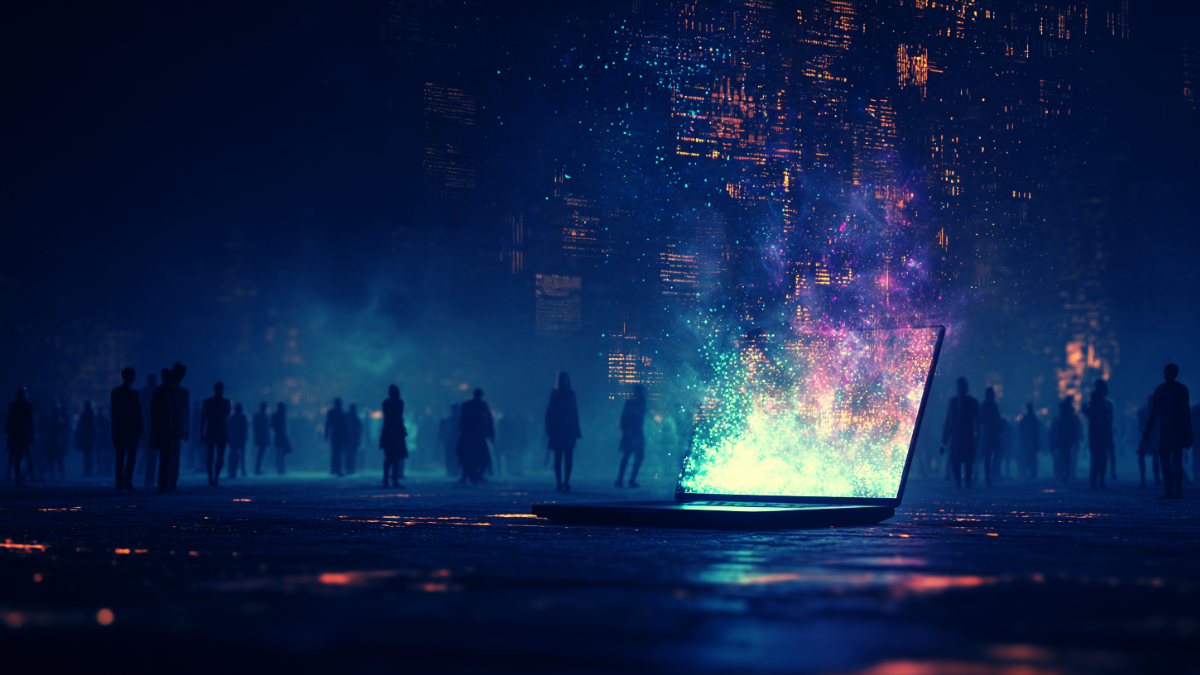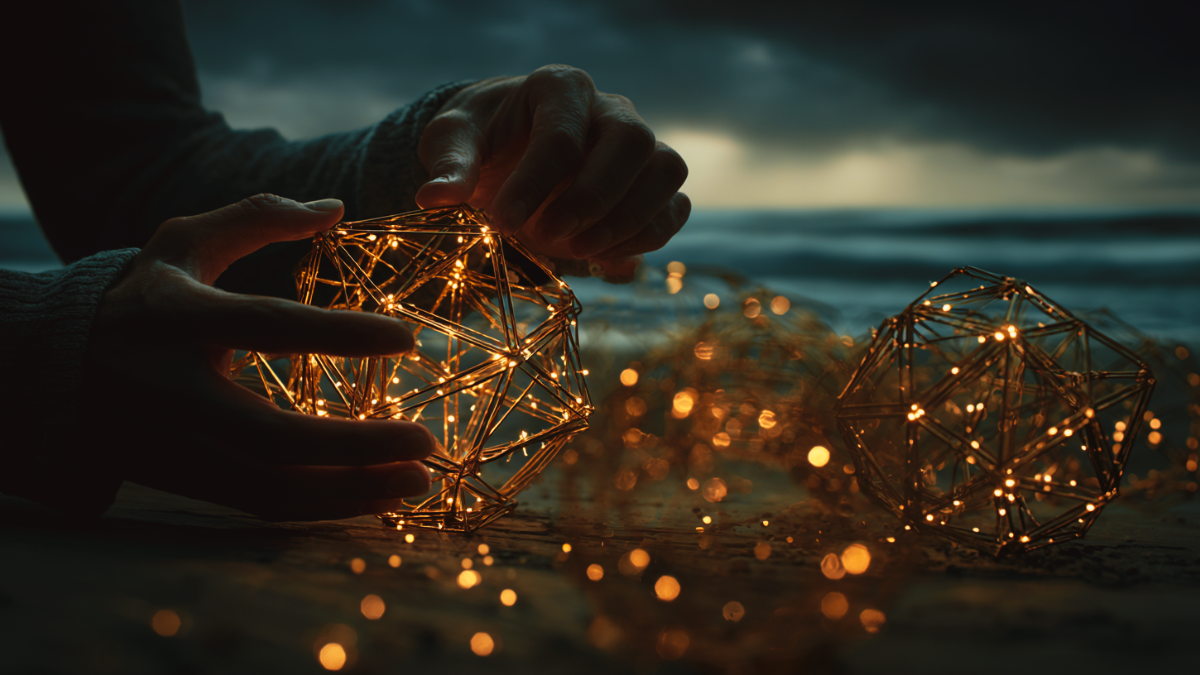
It always starts the same way: with a flicker. An idea you can’t shake. A half-formed thought scribbled in a notebook. That restless pull to turn the invisible into something real. That’s the current running beneath everything we’ve ever made. The future of digital creation moves on that current now.
The same drive that pushed someone to sketch animals on cave walls. The same impulse that plucked string to make sound. The same stubborn act that turned wild plains into the first cities.
Making has always been our answer to the unknown. Make something. Claim some corner of the future. Turn nothing into something — and keep going.
For most of history, that power sat with a few.
The tools were hard to reach. The knowledge was closely guarded.
Inventions that reshaped the world were rare, their impact slow, their creators celebrated or erased depending on who told the story later. But something fundamental is shifting — deep in the foundations of how we build, how we share, and who gets to take part.
The forge is changing. So is the future of digital creation itself.

The digital shift cracked everything open. What used to require capital, machinery, or someone else’s permission can now start with a laptop and an idea. The raw material has changed: code, networks, global collaboration, new forms of value, new tribes built on shared vision instead of shared place.
It’s like the jump from hand-copied books to printing presses—but louder, faster, and everywhere at once. Or the shift from hulking mainframes behind locked doors to glowing rectangles on kitchen tables. The future of digital creation is spreading like that — faster than most can track, easier by the year, and less dependent on permission.
This isn’t just publicity. It’s a global transfer of creative power happening in real time.

The raw materials are different now: streams of data, smart contracts, decentralized ledgers, machine-learning models — tools that can rewrite whole economies, not just headlines. A few lines of code can launch new currencies, new marketplaces, entire parallel realities.
That’s exhilarating — and it’s dangerous.
Big tools raise bigger questions. Who benefits? Who builds the frameworks? Are we designing systems that empower people — or just changing the shape of old hierarchies? These aren’t questions for someone else to solve anymore. No councils. No institutions. The responsibility’s ours, scattered across millions of screens, keyboards, DMs, and voice calls at 3 a.m.
Now, anyone can mint a token, spin up a DAO, or build a protocol that could change everything—or nothing. The Future of Digital Creation is no longer rare. It’s constant. And that means the stakes are higher.
This moment isn’t about making things for fun — it’s about creating new systems of meaning, identity, and wealth. And none of it comes with instructions.
With so many new things being built, the real question isn’t can you create — it’s should you. What deserves to exist? What should be amplified?
The democratization of creation is beautiful — but noisy. It’s easy to get lost. Somewhere inside that static is the next breakthrough, waiting for someone stubborn enough to find it.
No one’s grading this. No one’s handing out certificates. The only thing that matters is whether the thing you’re building resonates — and whether it holds up longer than a scroll.

This is just the start. The presses aren’t locked up anymore. The architects of what’s next are us — the builders, the outliers, the curious ones who don’t wait for permission.
The future of digital creation is ours now. It’s not about joining someone else’s system — it’s about deciding to build your own.
It’s going to be messy. It’s going to be loud. And it’s happening whether you’re ready or not.
The chisel’s in your hand. The page is open. The story’s unfinished.
What happens next? That’s yours to decide.